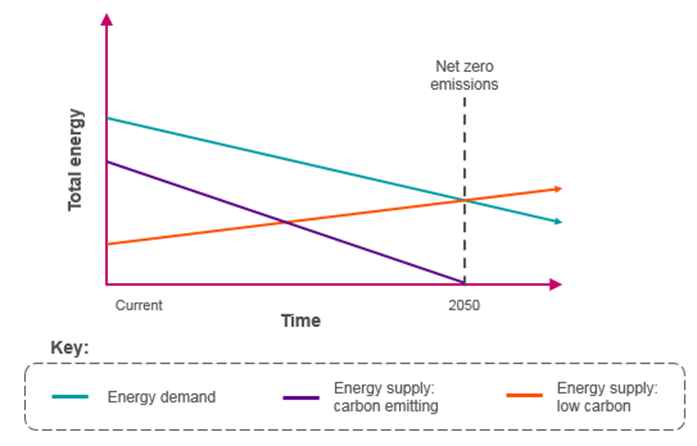Launch of NABERS UK

Once upon a time, the UK government had a Department of Energy and within it an Energy Technology Support Unit. Called ETSU, it was based at Harwell just outside the fence around the Atomic Energy Authority’s inner sanctum for nuclear research. Largely staffed by ex-nuclear physicists, it set about understanding the potential for renewable energy in the UK. It quickly dawned on these scientists that renewable energy is precious and should not be frittered away by inefficient buildings. So it established a flagship programme of Design Studies for dwellings and non-domestic buildings. The number one conclusion from this programme was the identification of the performance gap between predicted and measured energy use.
Fast forward 30 years to 26th November 2020 and the launch of NABERS UK by the Design for Performance Initiative. It has been quite a journey, punctuated by the PROBE studies published by the CIBSE Journal (1995-2002), the introduction of DECs in 2008 and the NABERS look-alike Landlord Energy Rating in 2012.
Although the UK might have reached this point sooner, many planets have aligned to make the years leading up to 2020 an auspicious time for finally enshrining the energy performance gap in large office buildings as a risk not worth taking by investors, developers or occupiers:
· The mainstreaming of concern about the climate emergency triggering widespread corporate engagement with a net zero carbon agenda
· A consensus that the Paris Agreement implies global net zero by 2050 which in turn translates to halving emissions every decade for the 30 years left to reach this goal
· Digitalisation which greatly improves modelling at the design stage (adv sim), underpins better construction (BIM) and enables operation to match design intent (AMR and AFD)
· In recognition that the climate challenge morally obligates countries to share freely their world-leading climate solutions, the enthusiasm and readiness of the NABERS team in Australia to share 20 years experience of learning about the market transformation that has been achieved there.
Net zero carbon will be achieved when a country operates a national energy supply not sourced from fossil fuels (or by combining any use of fossil fuels with carbon capture and storage) that is sufficient to meet all the country’s energy demands. It is almost certain that the UK will only be able to achieve a net zero carbon economy if energy demand can be constrained by energy efficiency to fit within a tight supply from net zero carbon sources, as illustrated in the graphic below. So net zero carbon does not mean net zero energy, but it does likely mean buildings which are all-electric AND very energy efficient.
NABERS UK provides the foundations for the path to net zero by establishing an authoritative and independent means to delineate, measure, rate and disclose a building’s operational performance using a consumer-friendly 1 to 6 star scale in order to verify if it achieves the 5 or 6 star net zero carbon energy efficiency level.
Acronym corner:
NABERS: National Australian Built Environment Rating System
PROBE: Post Occupancy Review of Building Engineering
DECs: Display Energy Certificates
BIM: Building Information Modelling
AMR: Automatic meter reading
AFD: Automated fault diagnosis

